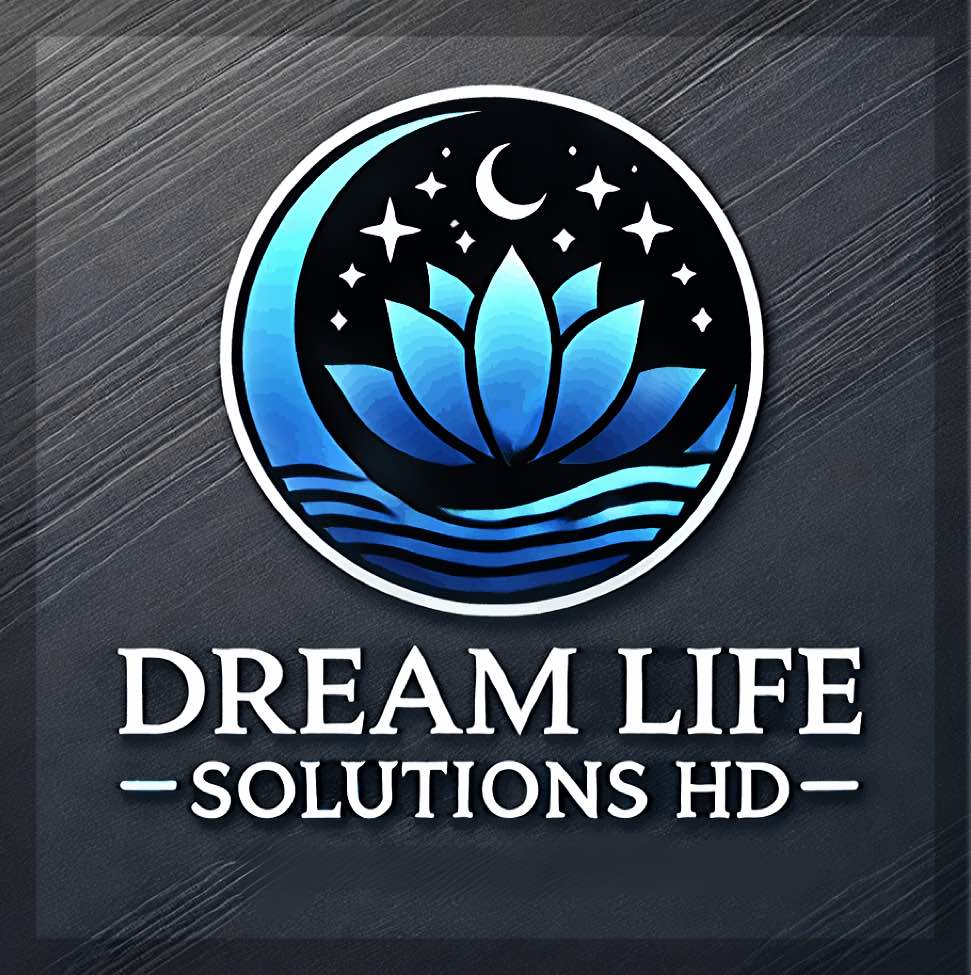
In the fast-paced, ever-changing world we live in, it’s easy to get caught up in the routine of day-to-day responsibilities without ever questioning who’s truly in charge—are you leading your life, or are you simply following along as life takes you on a ride? The difference between these two approaches can have a significant impact on your sense of fulfillment, control, and long-term happiness.
In this article, we’ll explore how to determine whether you’re leading your life or letting life lead you. We’ll also discuss actionable tips, tools, and techniques that will help you take the command, guiding your life toward greater success, fulfillment, and purpose.
1. Recognizing the Signs: Are You on Autopilot?

Before we dive into how to lead your life, it’s important to assess whether you’re currently letting life lead you. One of the most common ways people find themselves in this situation is by living on autopilot, going through the motions without intentional thought or action.
Here are some key indicators that you might be on autopilot:
- Feeling stuck or stagnant: You may feel like every day looks the same, with little progress toward your personal or professional goals.
- Lack of enthusiasm: The things that used to bring you joy or satisfaction now seem dull or unimportant.
- Reacting instead of acting: You spend most of your time responding to external pressures—work deadlines, family obligations, and social commitments—without setting your own course.
- No clear goals: If you don’t have a sense of direction or a vision for your future, it’s easy to let life pull you along without any purposeful actions guiding your path.
Being on autopilot is common, and it doesn’t make you a failure. However, recognizing these signs is the first step toward leading your life rather than being led by it.
2. Taking Control: How to Lead Your Life

Leading your life means living with intention, making conscious decisions that align with your goals and values. Here’s how you can begin leading your life today:
a) Clarify Your Vision and Values
The first step in leading your life is to define what you want. Without a clear vision, you’re essentially a passenger, going wherever life takes you. What does a successful, meaningful life look like for you? For some, it may involve a thriving career, while for others, it could mean strong relationships, personal growth, or health and well-being.
Here’s how to clarify your vision:
- Create a vision board: Visual aids can help you conceptualize what you want in life. Use a vision board to illustrate your career aspirations, personal relationships, financial goals, and more.
- Identify your core values: Take time to write down the things that matter most to you. Is it family, financial freedom, creativity, or perhaps a life of service? Knowing your core values will help guide your decisions and actions.
Example: If family is a core value for you, ask yourself if the time you’re currently spending aligns with that value. If not, you can intentionally make changes to prioritize more family time, thereby leading your life in a direction that brings greater fulfillment.
b) Set SMART Goals
Once you have a vision in place, it’s time to break it down into actionable goals. One of the most effective frameworks for goal-setting is the SMART method—Specific, Measurable, Achievable, Relevant, and Time-bound.
Here’s how to apply SMART goals:
- Specific: Instead of saying “I want to get in shape,” specify exactly what you mean. For example, “I want to run a 5k in under 30 minutes.”
- Measurable: How will you measure your progress? Tracking steps, workouts, or even minutes spent exercising will help keep you accountable.
- Achievable: Ensure the goal is realistic. If running a 5k feels like too much, set a goal to run for 10 minutes straight, then build from there.
- Relevant: Ensure your goal aligns with your core values. If personal health is important to you, running or another form of exercise makes sense.
- Time-bound: Set a deadline for achieving your goal. A reasonable timeframe might be “I will run a 5k by the end of this year.”
SMART goals give you structure, making it easier to take intentional action instead of passively waiting for life to “happen.”
3. Cultivating Discipline: The Power of Daily Habits

Once you’ve set goals, the next challenge is consistently working toward them. This is where discipline comes into play. Successful people lead their lives by cultivating habits that align with their goals, ensuring that each day brings them closer to achieving them.
a) Build Positive Routines
Habits shape your life more than you may realize. If you feel like life is leading you, your habits may be working against you. The good news is you can consciously build positive routines to regain control.
Start by:
- Creating a morning routine: How you start your day sets the tone for the rest of it. Incorporate habits like exercise, journaling, or meditation to center yourself and set your intentions.
- Prioritizing your tasks: Use time-blocking or the Eisenhower Matrix to ensure you’re spending your time on what’s important, not just what’s urgent.
- Tracking your progress: Keep a daily journal or use a habit-tracking app to monitor your progress and stay accountable.
Example: Imagine you want to take charge of your finances. Instead of waiting for paychecks to dictate your spending, you might set aside 10 minutes each morning to track expenses and update your budget. This simple habit can significantly increase your financial control over time.
b) Practice Mindfulness
Leading your life means staying present and aware of your thoughts, actions, and surroundings. Mindfulness can help you break the cycle of reactivity by giving you the mental space to make thoughtful decisions.
To practice mindfulness:
- Meditate daily: Start with just five minutes of focused breathing or guided meditation. Apps like Calm or Headspace can help.
- Pause before reacting: When faced with a challenge or stressful situation, “practice the art of pausing”. Take a deep breath before responding. This pause allows you to choose how you act, rather than reacting out of habit.
Mindfulness not only keeps you grounded but also helps you align your actions with your long-term goals, ensuring you’re leading rather than being led by life’s events.
4. Embracing Flexibility: Adapting Without Losing Control

While it’s essential to lead your life with intentionality, it’s equally important to embrace flexibility. Life is unpredictable, and even the best-laid plans can go awry. However, there’s a difference between adapting to circumstances and surrendering control.
a) Be Open to Change
Sometimes life throws unexpected curveballs—whether it’s a job loss, a health crisis, or a personal challenge. Instead of seeing these events as setbacks, view them as opportunities for growth. Being adaptable ensures that even when life leads, you’re still steering toward your larger goals.
For instance:
- Reevaluate your goals regularly: Life changes, and so do priorities. Periodically review your goals and adjust them as needed to reflect your current circumstances.
- Learn from setbacks: Instead of feeling defeated by obstacles, ask yourself what you can learn from the experience. How can this help you grow, and what can you do differently next time?
b) Practice Gratitude
One powerful technique for maintaining control even in unpredictable circumstances is practicing gratitude. Leading your life isn’t about controlling every aspect of it, but about maintaining a positive perspective, no matter what comes your way.
Each day, make a habit of writing down three things you’re grateful for. This practice shifts your focus away from what’s out of your control and helps you recognize the good that already exists in your life.
Conclusion
Leading your life requires a little CIC: Clarity, Intentionality, and Consistency. By setting clear goals, cultivating healthy habits, practicing mindfulness, and staying flexible in the face of change, you can move from a place of passivity to one of purpose. Life is a journey, and while we can’t control every twist and turn, we can choose how we respond and where we steer our path.
So ask yourself: Are you leading your life, or are you letting life lead you?
Did you find this post helpful? Please leave a comment below, share it with your friends, and don’t forget to follow us on Facebook and Instagram for more tips and insights!




